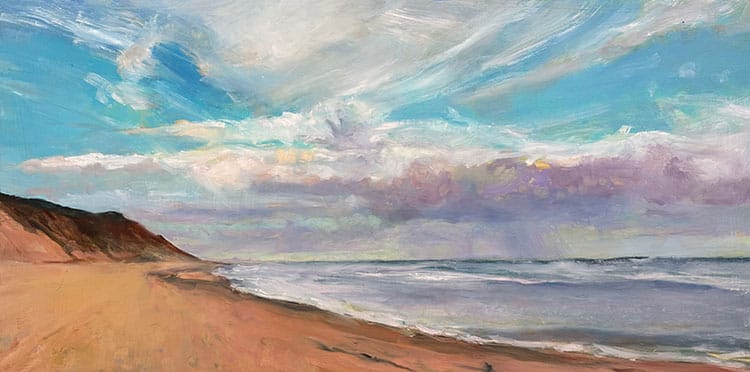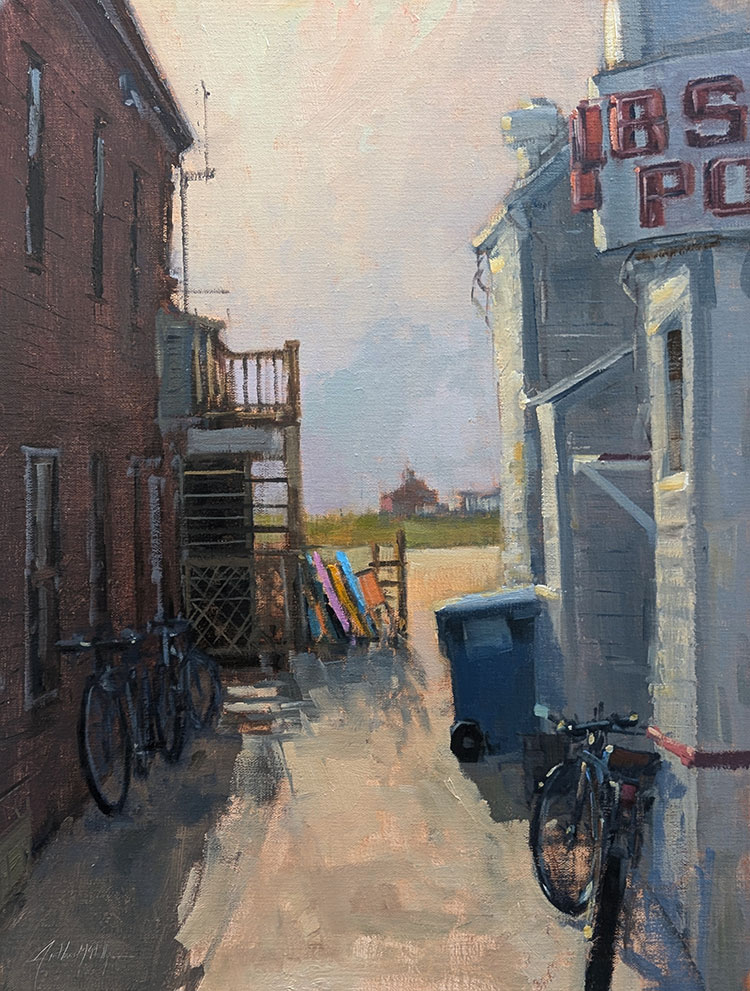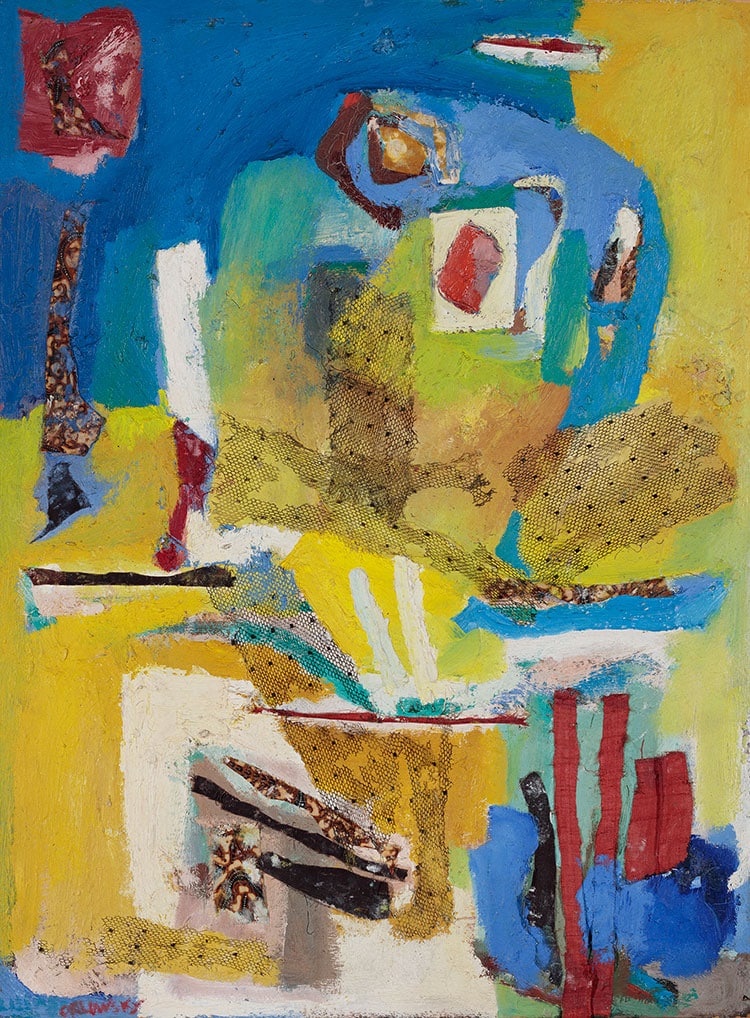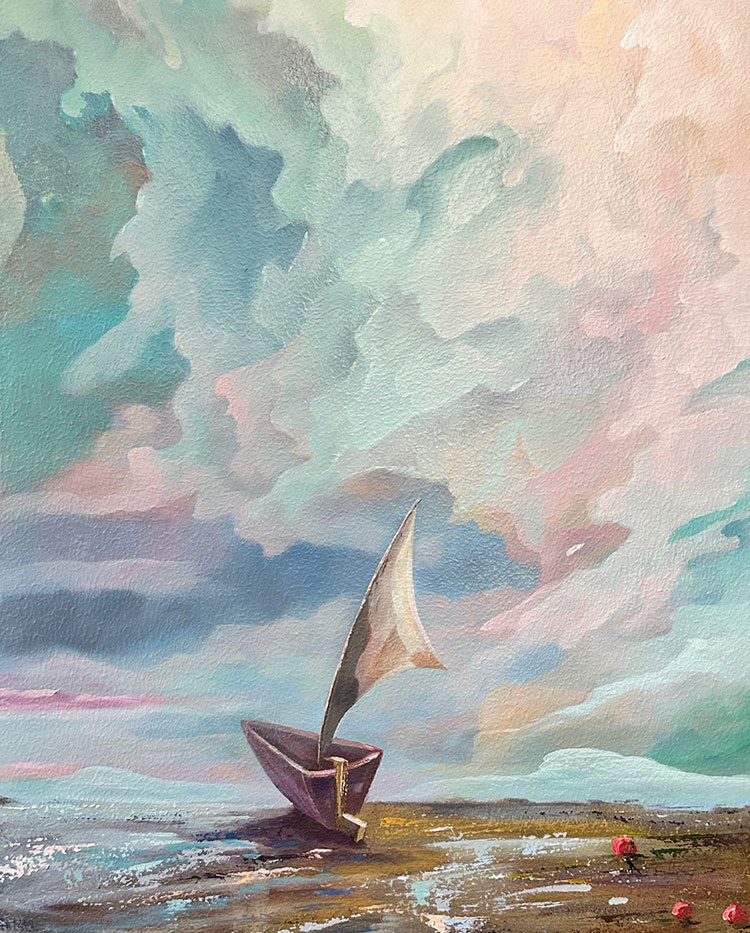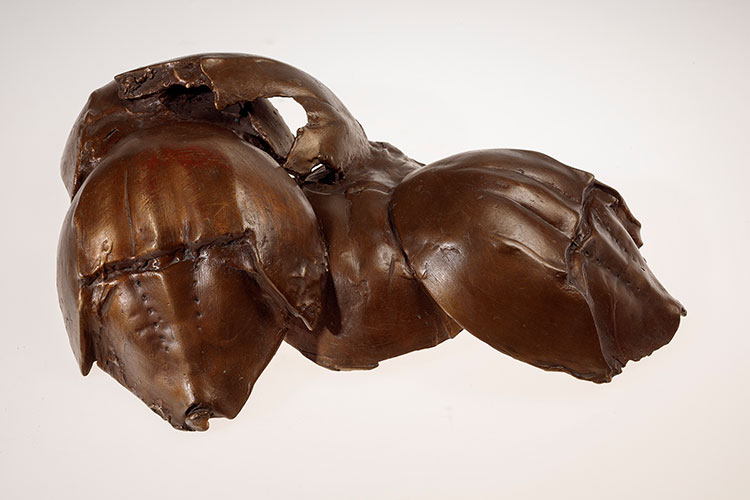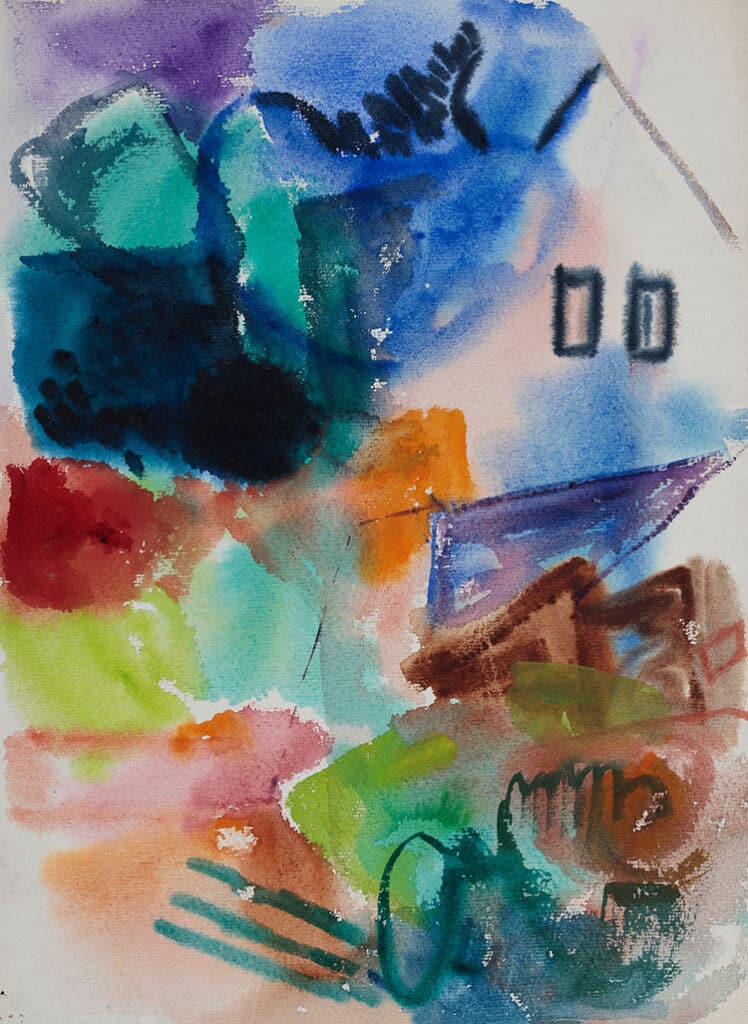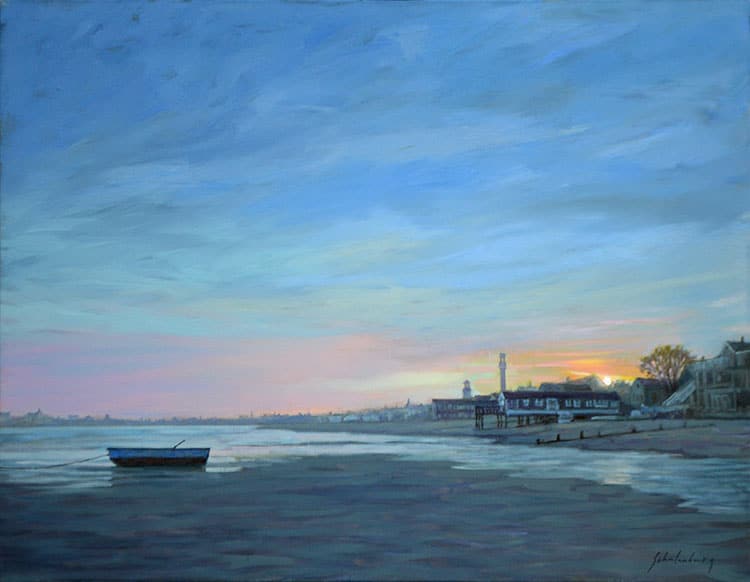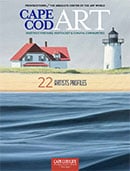
At the Tip of the Brush: Provincetown as the Epicenter of American Art
Cape Cod Art / ART Annual 2025 / Art & Entertainment
Writer: Julie Craven Wagner
At the Tip of the Brush: Provincetown as the Epicenter of American Art

Cape Cod Art / ART Annual 2025 / Art & Entertainment
Writer: Julie Craven Wagner
There is a moment on the journey to Provincetown when the Cape narrows into a long, curved finger of land reaching into the Atlantic. For more than a century, artists have followed this route, drawn to the light, the solitude, the openness. At the very end, where sea and sky blur, a singular creative legacy took root: one that not only shaped the visual vocabulary of American art but continues to inspire it.
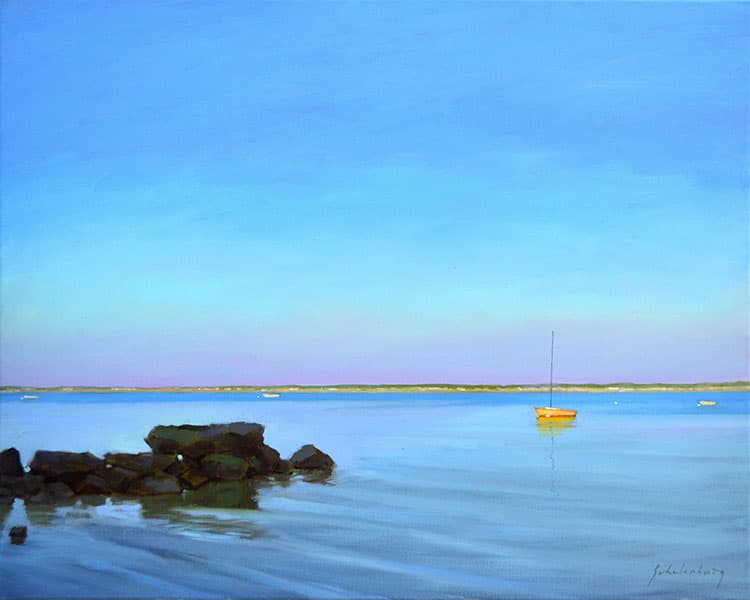
This summer, that legacy takes new form through a collaborative exhibition, Enduring Inspiration between the Provincetown Art Association and Museum (PAAM) and Addison Art Gallery in Orleans. Co-curated by PAAM Chief Executive Director Christine McCarthy and Addison Art Gallery founder Helen Addison, the show bridges not only generations of artists but also the geographic and cultural divide between the tip of the Cape and its midsections. The exhibition brings together historic and contemporary works that embody the principles first instilled by Provincetown art pioneers like Charles Webster Hawthorne and Hans Hofmann.
“This is about connection,” says McCarthy. “We want to showcase how the same inspiration that moved Hawthorne or Hofmann continues to live in the work of artists today. It’s not about replication. It’s about resonance.”
Addison, whose gallery has long featured Cape artists, echoed the sentiment. “I’ve worked with PAAM artists for decades. This show is a way to formalize that relationship and introduce the richness of Provincetown’s legacy to more people across the Cape.”
The timing of the exhibition is purposeful. Held in August at Addison’s Orleans gallery, it aims to make the Provincetown aesthetic accessible to those who may not make the trip to the Outer Cape in summer. “We’re taking Provincetown to the people,” says McCarthy, who notes that many Mid and Upper Cape residents only visit PAAM in the off-season due to travel and expense. “This is part of our mission to connect, to educate, and to celebrate our shared history.”
PAAM, which now houses more than 5,000 works in its collection, has long been more than a museum. It’s an art association where members can exhibit work, take classes, attend lectures, and become part of a lineage that stretches back to the early 20th century. McCarthy has been a driving force behind making PAAM a dynamic, inclusive, and mobile institution. From pop-up shows in Falmouth and Florida to a major digitization initiative that will soon make their entire collection searchable online, PAAM is asserting itself as a national—if not international—beacon for American art.
The digitization of PAAM’s vast and growing collection underscores a modern approach to preservation and access. As McCarthy puts it, “Every education today starts with a Google search. If we’re not in that first page of results, we’re not part of the conversation.” By building a searchable, interactive online archive, PAAM is not only protecting the past, but also inviting future generations of artists, collectors, and enthusiasts to participate in its ongoing story.
At the heart of the upcoming exhibition is a conversation between two distinct but deeply interwoven threads in Provincetown’s art history: the realism of Hawthorne and the abstraction of Hofmann. The show pairs historical works, loaned by collectors, from artists who have been highlighted by PAAM through the years, along with new pieces by contemporary artists whose work is similarly rooted in the Cape’s landscape and light. As McCarthy explains, “You’re being inspired by the same things—just in a different language.”
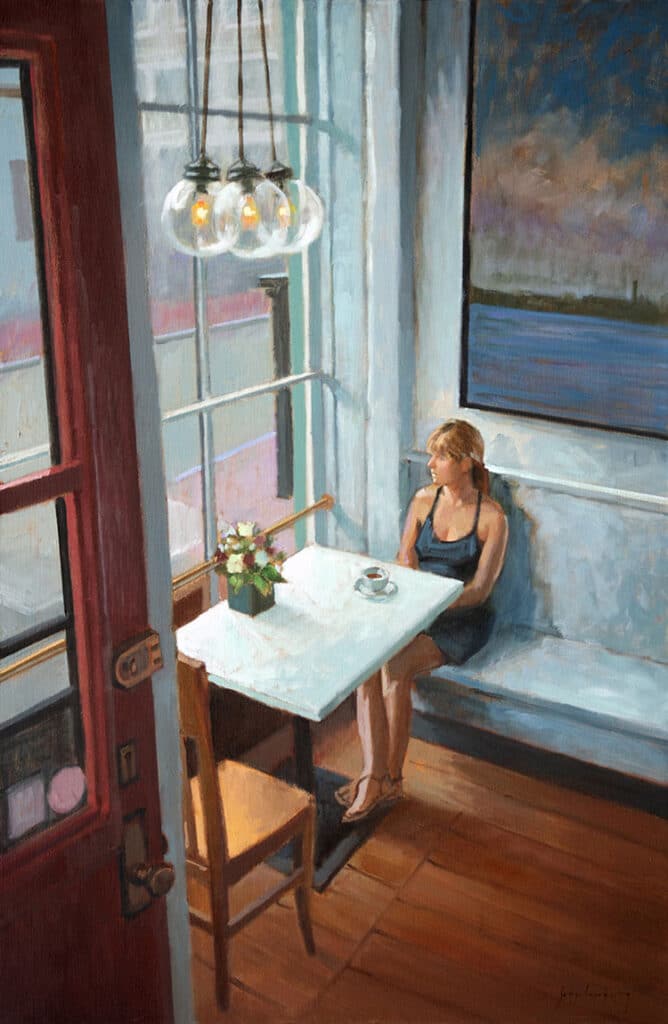
The layout will offer unexpected juxtapositions: surreal works beside traditional landscapes, expressionist bursts near quiet contemplative studies. “I love watching artists see their work next to someone they never imagined being paired with,” says McCarthy. “Suddenly, they start seeing their own work differently.”
Addison agrees: “These are conversations across time. And sometimes, those are the most powerful conversations art can have.”
The exhibition is also a call to view Provincetown not as an isolated outpost but as the vital core of an expansive artistic ecosystem. “We’re one sandbar,” McCarthy says. “We’re all part of the same story. And we want more people to be part of that story.”
That story isn’t static. As collectors age and beloved artists pass, there’s an urgency to preserve the lineage, the legacy, and the lessons. McCarthy recalls a recent donation offer that culminated in an arc of brevity from inspiration to completion: a text on Saturday, a visit to the museum Sunday, and a Hawthorne painting arriving Monday. “We’re stewards,” she says. “And that means making sure people can access, understand, and be inspired by this history.”
McCarthy is equally passionate about the stories behind the art. “Art is a great healer,” she says. “Right now, more than ever, we need spaces where people can express themselves and feel connected. Whether it’s youth programs or adult classes, we try to meet people where they are and give them tools to explore who they are.” That mission is echoed by Addison, who has long believed that the role of the gallerist is to be more than a curator. “It’s about building relationships between artists and collectors,” she explains. “When people acquire art through this kind of connection, they aren’t just buying a piece—they’re becoming part of a story.”
Those stories, both personal and artistic, often span generations and stretch across the country. As McCarthy recounts with a laugh, she was recently in Tacoma, Washington, and met a man whose family vacations on the Cape every summer. He proudly showed off photos of works he had purchased from Addison over the years. “Even 3,000 miles away, Provincetown is still part of people’s lives,” she says. “That’s powerful.”
The exhibition also highlights the unique artistic community that defines the Cape. Despite its deep talent pool and historic importance, the Cape Cod arts scene remains deeply accessible. Many of the artists featured in the show are also active in local workshops, lectures, and classes. “You’ll see museum-quality work,” says Addison, “but then you’ll turn around and the artist is standing next to you, ready to talk about their process. That doesn’t happen everywhere.”
The openness of the Provincetown art scene stands in contrast to more commercial or exclusive art markets. Here, collectors often form long-term relationships with artists. They know their stories, watch their evolution, and, in some cases, build entire walls—or homes—around a beloved body of work. As one collector put it, after purchasing several pieces through Addison, “This isn’t just decoration. These pieces live with us. They hold memories.”
Ultimately, the summer show is a celebration—not just of Provincetown, but of Cape Cod’s enduring status as an artistic force. From the first plein air painters who captured the Cape’s golden light, to today’s mixed media and digital artists who reinterpret its forms, the creative current has never stopped flowing.
Whether you encounter it at Addison’s gallery, at PAAM’s Provincetown headquarters, or in the expanding online archive, the message is clear: American art didn’t just pass through Provincetown. It was born here. And it still lives here.
The Enduring Inspiration exhibit can be previewed online now at addisonart.com/enduring-inspiration, and at Addison Art Gallery, 43 Route 28, Orleans. The opening reception at Addison Art Gallery is Saturday, August 2nd from 5:00 to 7:00 pm. More information on events and artists can be found at addisonart.com and paam.org.
Julie Craven Wagner is the editor of Cape Cod ART.

